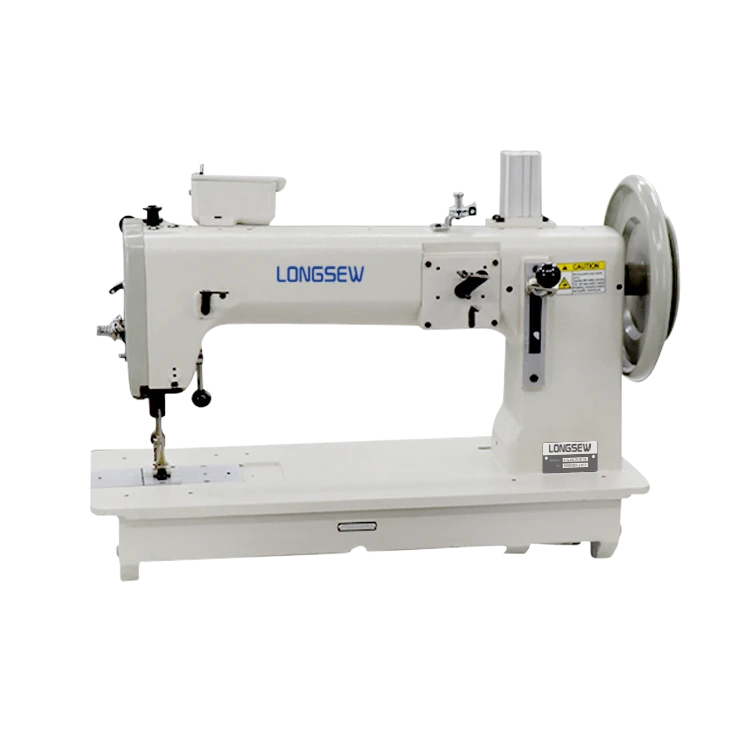Understanding the Basics of Lock Stitch Sewing Techniques and Applications
Understanding Lock Stitch Sewing A Fundamental Technique in Textile Craft
Lock stitch sewing is one of the most fundamental and widely used techniques in the textile and garment industry. This method of sewing is characterized by its unique stitching mechanism, which combines two threads—typically a top thread and a bobbin thread—to create a robust and secure stitch. Lock stitches are known for their strength, versatility, and aesthetic appeal, making them indispensable for various sewing applications including garment construction, home decor, and quilting.
The Mechanism of Lock Stitch Sewing
At the heart of lock stitch sewing is the sewing machine. Unlike chain stitch sewing, which relies on a series of interlocking loops, the lock stitch utilizes a simple yet effective mechanism where the top and bottom threads interlock at a single point. The process begins when the sewing machine's needle carries the top thread down through the fabric. As it punctures the material, a hook (usually part of the bobbin system) catches the top thread and wraps it around the bobbin thread, forming a secure stitch.
This design provides several advantages. Firstly, the stitches are less likely to unravel, making lock stitching ideal for seams that will undergo stress or movement. Secondly, the straight and consistent appearance of lock stitches makes them visually appealing in finished garments. Finally, due to the simplicity of this technique, lock stitches can be created with a wide variety of sewing machines, ranging from home models to industrial machines.
Applications of Lock Stitch Sewing
Lock stitch sewing is employed in numerous applications, each benefitting from its durability and clean finish. In garment construction, for instance, it is the go-to method for sewing seams, hems, and attaching pockets. The strength of lock stitches ensures that clothes can withstand regular wear and tear without compromising their structure.
In home decor, lock stitches are used in cushion covers, curtains, and upholstery. The aesthetic quality of the stitch allows for both functional and decorative sewing projects. Quilting is another area where lock stitching shines, providing the essential strength to hold multiple layers of fabric together without compromising the delicate design and pattern.
lock stitch sewing

Beyond traditional uses, lock stitch sewing has expanded into various crafts, including bag making, soft toys, and even accessories like belts and wallets
. The consistent and strong stitches not only enhance durability but also provide a professional finish to the handmade items.Choosing the Right Thread and Fabric
To achieve the best results with lock stitch sewing, one must consider the type of thread and fabric used. While any standard sewing thread can be used, high-quality polyester or cotton threads are often recommended for their strength and resistance to fraying. The choice of fabric also plays a significant role; lightweight fabrics may require a finer thread, while heavy materials like denim or canvas benefit from thicker threads that can withstand the stress of use.
Lock Stitch vs. Other Stitch Types
While lock stitching has its many merits, it is essential to understand its differences compared to other stitch types. For example, chain stitching is another popular technique characterized by its ability to create stretchable seams, making it ideal for knitwear. However, chain stitches may not offer the same level of security as lock stitches, especially on high-stress areas.
Furthermore, the choice between lock stitches and other types, such as zigzag stitches or overlock stitches, often depends on the intended use of the finished product. Lock stitches provide a cleaner edge and are better suited for applications where a neat appearance is crucial.
Conclusion
In conclusion, lock stitch sewing is a foundational technique in the world of textiles that combines strength, versatility, and visual appeal. Its straightforward mechanism allows for various applications, making it a staple in garment construction, home decor, and numerous crafting projects. As one explores the vast world of sewing, mastering the lock stitch opens the door to endless creative possibilities while ensuring that the finished products are durable and aesthetically pleasing. Whether for professional sewing or a love of crafting, understanding and utilizing lock stitch sewing is essential for any textile enthusiast.
-
Industrial Cylinder Arm Sewing Machine: Revolutionizing Heavy-Duty SewingNewsJul.28,2025
-
Cylinder Arm Sewing Machine: Perfect for Special Sewing ApplicationsNewsJul.28,2025
-
Cylinder Bed Sewing Machine: Essential for Sewing Complex MaterialsNewsJul.28,2025
-
Heavy Duty Sewing Machine: The Essential Tool for Industrial ApplicationsNewsJul.28,2025
-
Computerized Pattern Sewing Machine: Revolutionizing Precision StitchingNewsJul.28,2025
-
Heavy Duty Industrial Sewing Machine: Power Meets PrecisionNewsJul.28,2025
-
Leather Sewing Machine: The Industrial Standard for Tough MaterialsNewsJul.18,2025





























